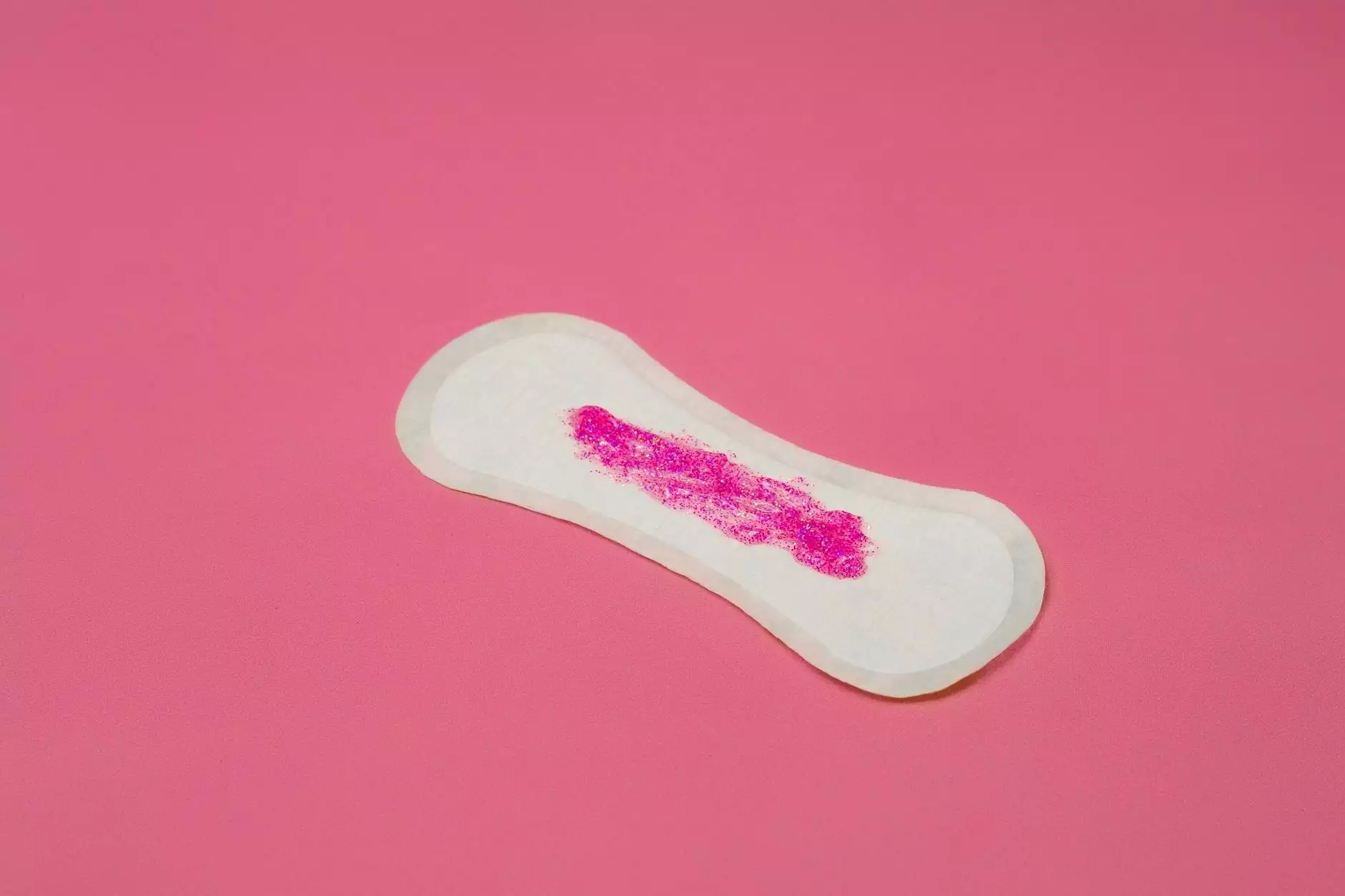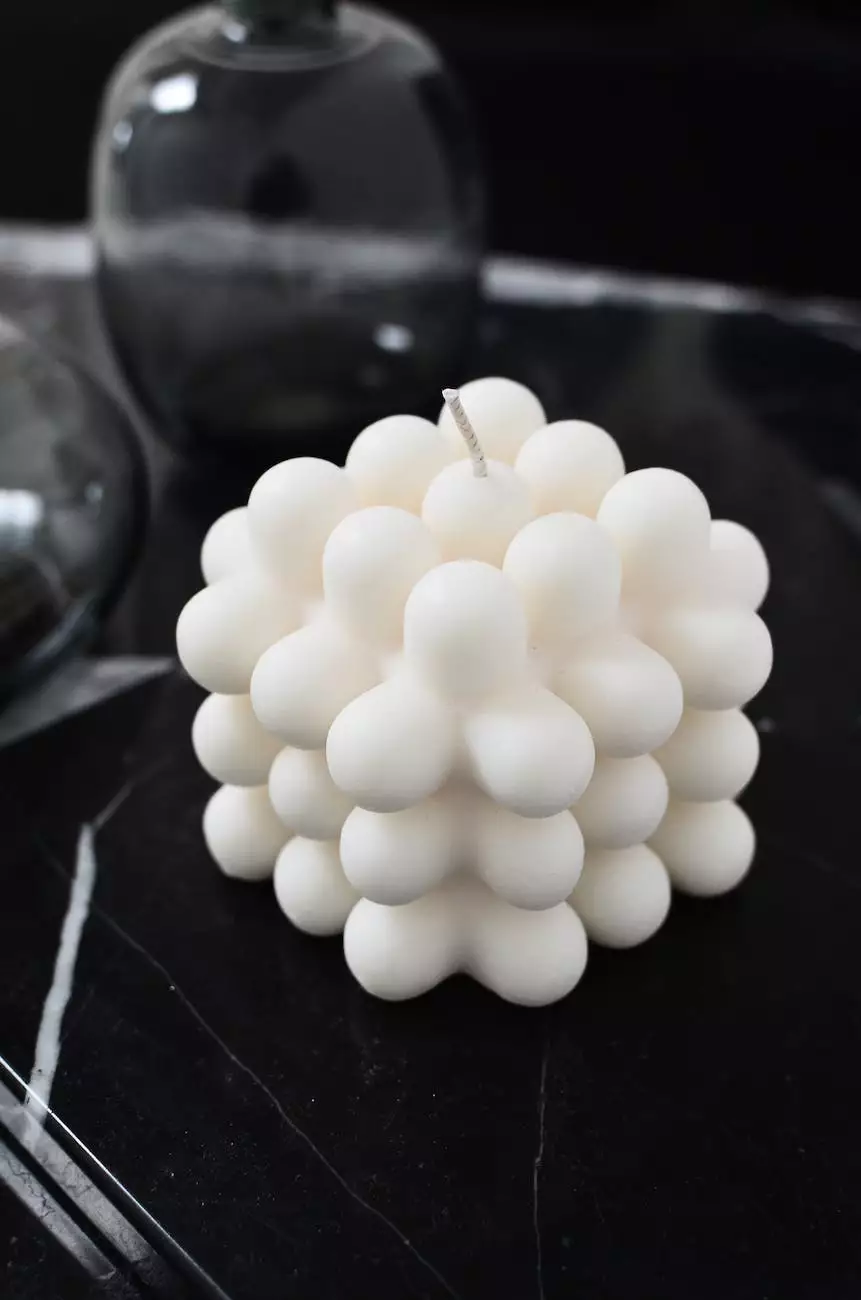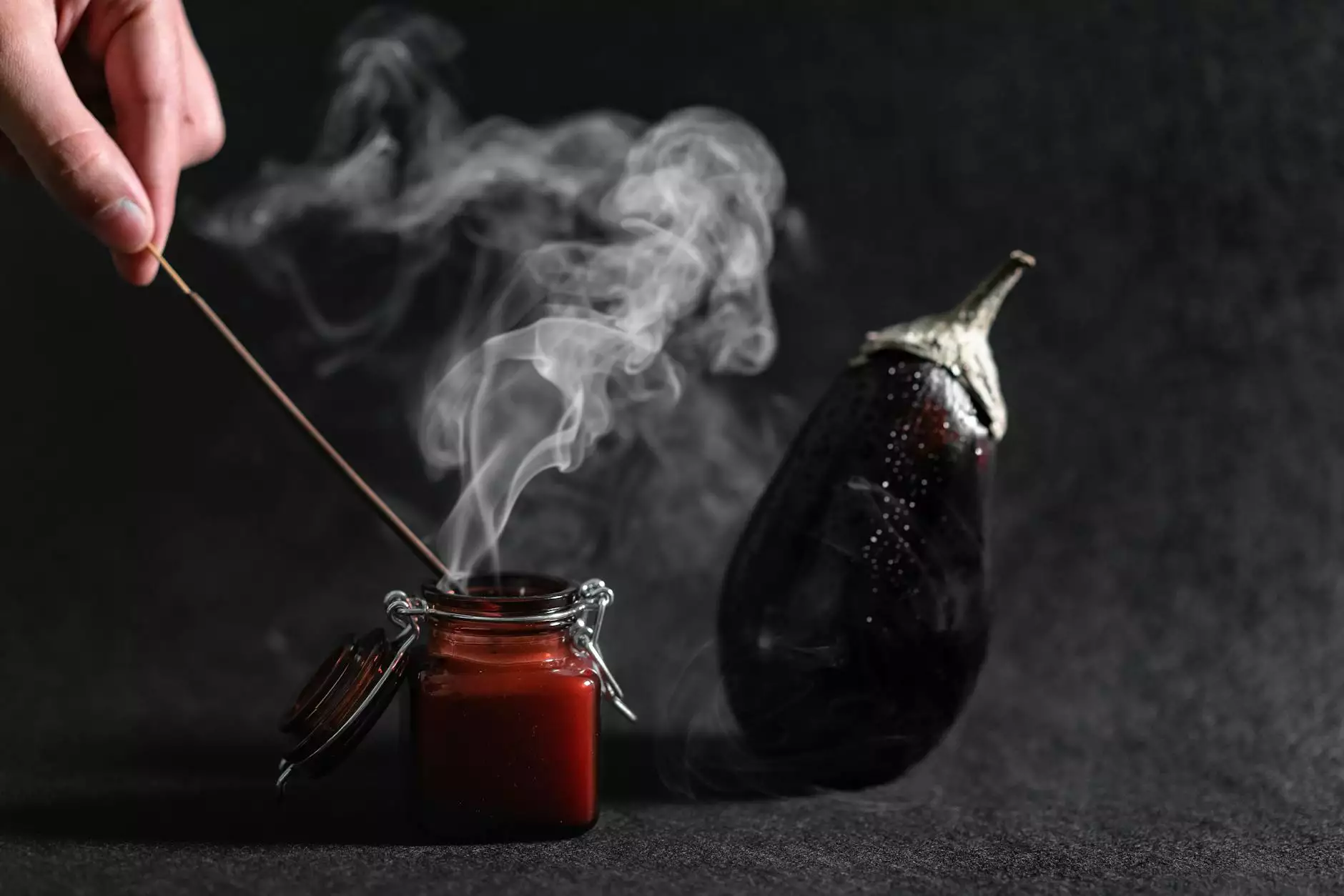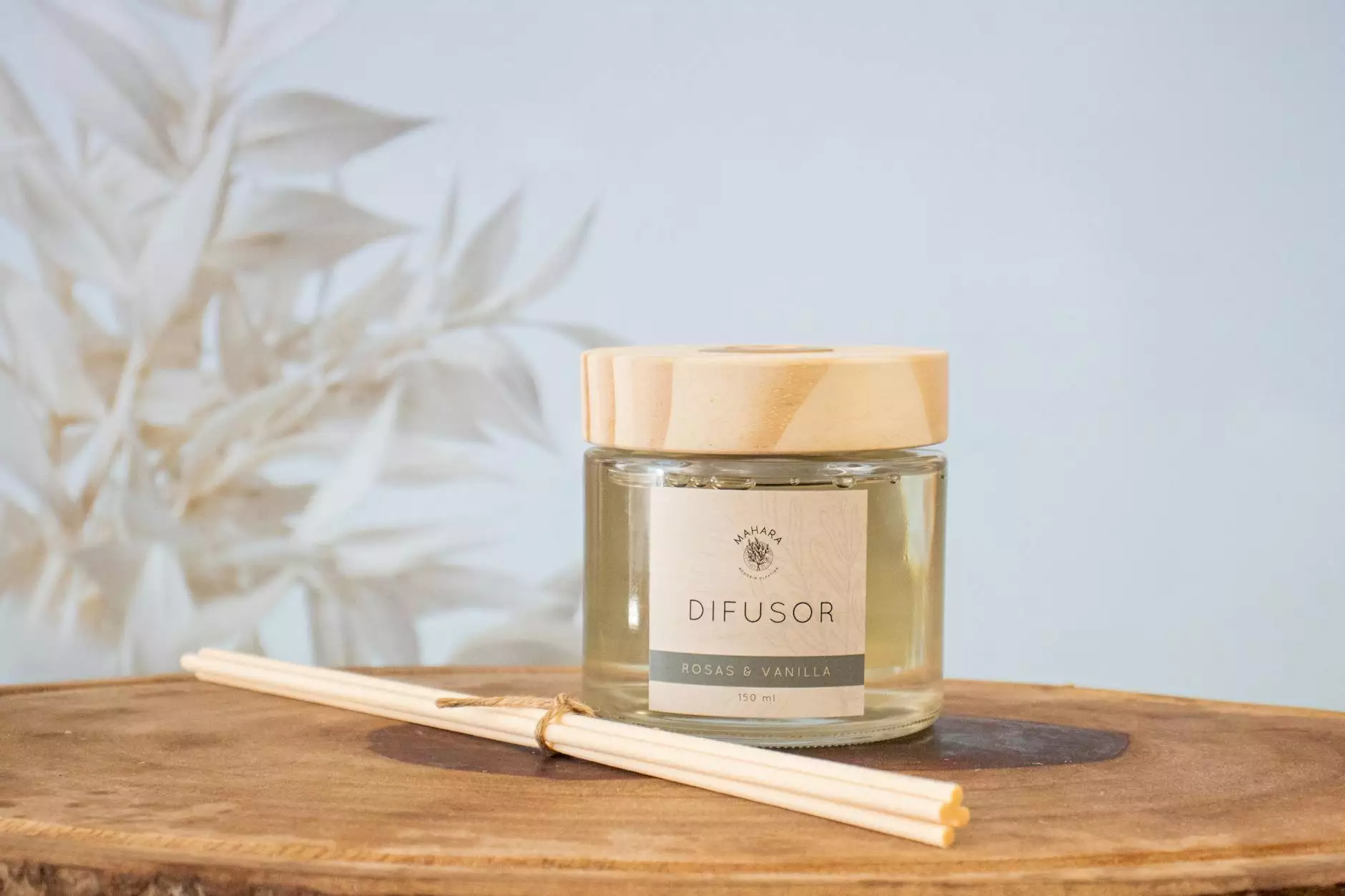Product Care and Safety
Replacement Shades
Introduction
Welcome to our comprehensive guide on product care and safety when using DIY furniture paint. At Best DIY Furniture Paint, we understand the importance of ensuring the longevity and safety of your furniture projects. In this guide, we provide detailed information and best practices to help you complete your projects with utmost care and precautions.
Choosing the Right DIY Furniture Paint
When it comes to selecting the right DIY furniture paint for your project, it is essential to consider several factors. The type of furniture you are painting, the desired finish, and the level of durability required should all be taken into account. Our extensive range of furniture paints ensures you can find the perfect option for your needs.
Preparing Your Furniture
Proper preparation of your furniture is key to achieving a flawless and long-lasting finish. Begin by thoroughly cleaning the surface, removing any dirt, grime, or previous coatings. Sanding the furniture will help create a smooth surface for paint adhesion. Fill any dents or imperfections with wood filler and sand again to achieve a seamless result.
Applying DIY Furniture Paint
Once your furniture is properly prepared, it's time to apply the DIY furniture paint. Follow the instructions on the product label for the best results. Use a brush or roller suitable for the type of paint you have chosen, ensuring even coverage and avoiding drips or pooling. Multiple thin coats are usually better than one thick coat.
Drying and Curing
Allow sufficient drying and curing time between coats and after the final coat. This is crucial to prevent the paint from being easily damaged. Follow the manufacturer's recommendations for drying times, as they may vary depending on the type of paint and environmental conditions. Ensure proper ventilation during the drying process.
Post-Painting Care
After completing your furniture painting project, it's important to take necessary steps to care for your newly painted piece. Avoid placing heavy objects or subjecting the furniture to excessive force immediately after painting. Use coasters or protective pads to prevent scratches or water damage. Regularly clean the painted surface with a non-abrasive cleaner to maintain its beauty.
Safety Precautions
When working with DIY furniture paint, safety should be a top priority. Always wear appropriate protective gear, including gloves, goggles, and a mask, to avoid skin irritation and inhalation of paint fumes or particles. Ensure proper ventilation in your workspace and work in a well-ventilated area. If you experience any adverse reactions, seek medical attention immediately.
Additional Tips
1. Storage and Disposal
Store your DIY furniture paint in a cool, dry place, away from direct sunlight and sources of heat. Follow the manufacturer's instructions for proper storage and disposal. Do not pour leftover paint down the drain; dispose of it responsibly according to local regulations.
2. Children and Pets
Keep DIY furniture paint out of reach of children and pets. Ensure that your work area is securely separated from areas accessible to children or animals. If accidental exposure occurs, seek immediate medical advice.
3. Environmental Considerations
Choose environmentally-friendly DIY furniture paints whenever possible. Look for products labeled as low VOC (Volatile Organic Compounds) or water-based options. These paints are safer for both your health and the environment.
Conclusion
By following the best practices outlined in this guide, you can confidently embark on your DIY furniture painting projects with the assurance of achieving beautiful and durable results. At Best DIY Furniture Paint, we are dedicated to providing you with the highest quality products and ensuring your safety. Enjoy the process of transforming your furniture and create stunning pieces that will last for years to come.









